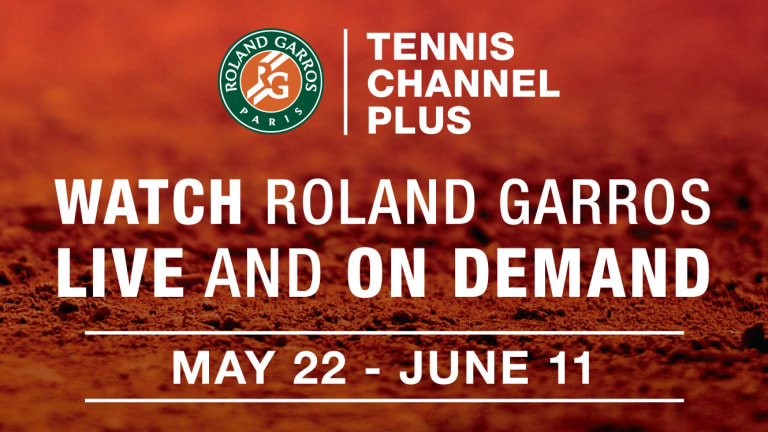If you follow the NBA, you are no doubt painfully aware that this year’s playoffs have been a total bust. It’s been a soul-deadening slog of blowout games and one-sided series, all leading to an outcome that was inevitable from the start of the season: a rematch in the finals between the Cleveland Cavaliers and the Golden State Warriors. No, neither team has actually reached the finals yet—the Warriors went up two games to none on Tuesday night in their semifinal series against the San Antonio Spurs (blowing out the Spurs by 36 points), and the Cavs defeated the Boston Celtics in the series opener on Wednesday night. But barring a miracle or a season-ending injury to Steph Curry or LeBron James, it is going to be the Warriors vs. the Cavs: The Sequel, which is the final everyone expected. The anticlimactic nature of this year’s NBA playoffs has sparked a lot of grousing among commentators and fans. Writing in The Ringer last week, Jason Concepcion noted that the NBA has a long history of dominant franchises and that while teams like the Lakers of the 1980s and the Bulls of the 1990s are worshipped now, competitive imbalance is not so much fun at the time it is happening. Or as Concepcion put it, “Hegemony kind of sucks in real time.”
Over the last decade or so, men’s tennis has experienced hegemony, in the form of the Big Four, to a degree seldom seen in any sport. And yet, as I think almost all tennis fans would agree, it kinda hasn’t sucked; in fact, it has been pretty awesome. On Tuesday night, as my teenage son, an avid basketball player and fan (I tried and failed to make him a tennis player), was periodically updating me on the Warriors-Spurs beatdown, I found myself wondering why tennis fans are okay with hegemony while basketball fans (at least those whose teams aren’t contenders) are clearly not. Are basketball people just bellyachers? Are tennis people glass-half-full types? Possibly, but I think there are other factors in play. For one thing, tennis fandom is all about the players, whereas in basketball fans are primarily loyal to teams. Also, the Big Four rivalry has encompassed enough contrasts and has included enough reversals of fortune to keep things interesting even if the same four guys have done most of the winning.
To be sure, there have been some anticlimactic stretches during the reign of the Big Four. In fact, we are currently experiencing one: with Rafael Nadal once again destroying everyone on clay, the French Open is shaping up to be as predictable as the NBA playoffs (fortunately, it will take only two weeks to get to the final of the French, whereas it will have taken 31 weeks to reach the inevitable Warriors-Cavaliers showdown). And if we never experience another Andy Murray-Novak Djokovic grand slam final, I don’t think any of us will feel particularly cheated. And it is also the case that there have been enough instances now of guys not named Federer, Nadal, Murray, or Djokovic breaking through to keep the men’s game from being entirely predictable. Stan Wawrinka has won three majors, Marin Cilic and Juan Martin del Potro have each claimed one.
